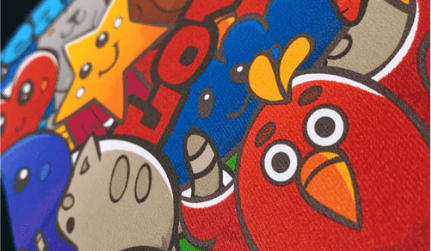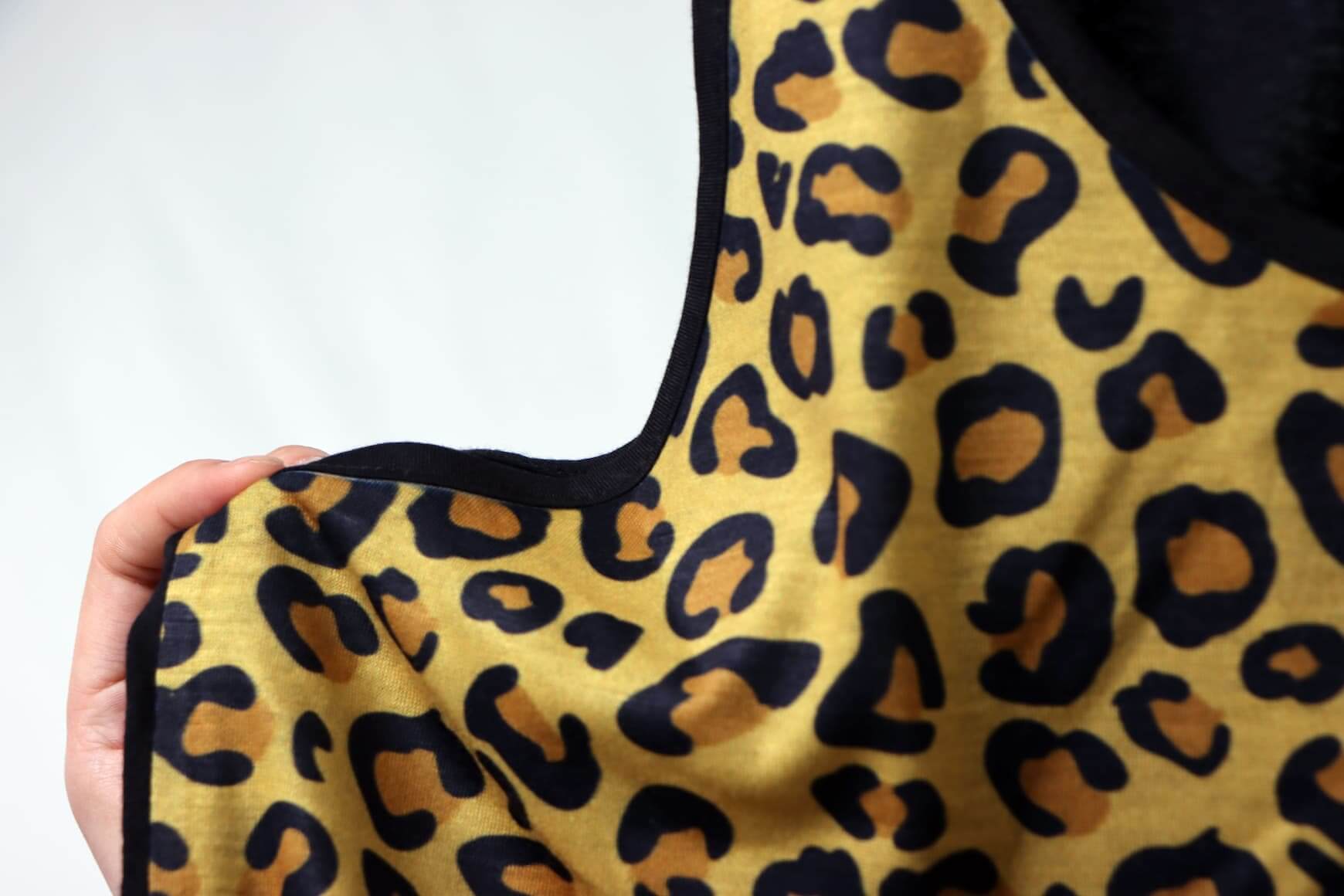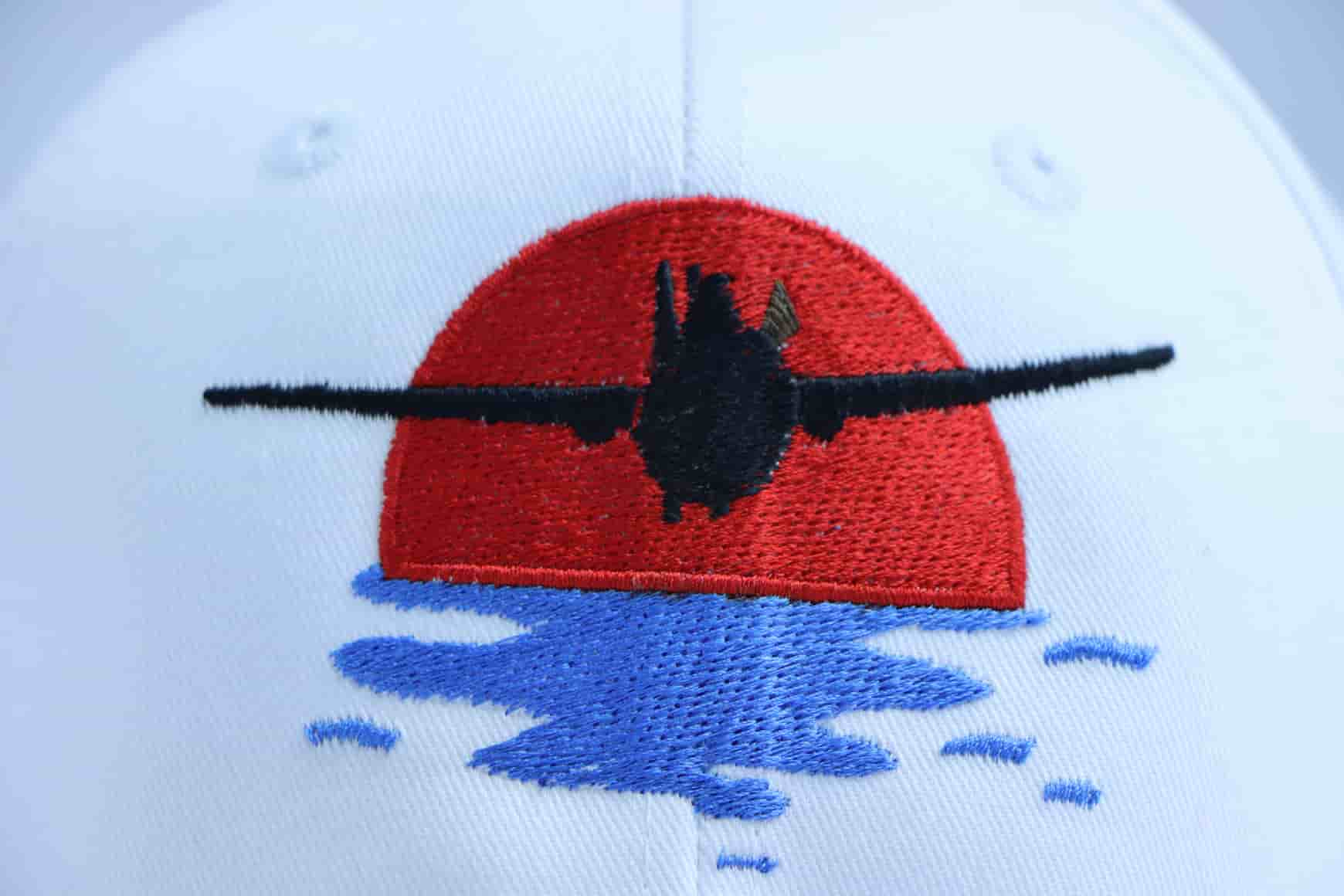Guide to Print-on-Demand Print Types
The ecommerce industry exploded with growth in 2020, increasing its sales by more than 20% in that year alone. The online sale of apparel specifically is projected to grow from its 2020 value of 1.5 trillion dollars to 2.25 trillion dollars by the year 2025. More consumers are purchasing their clothing online than ever before & the print on demand industry makes it possible to establish & grow your brand based on online sales alone. But with so many different decoration methods available to online apparel retailers, how can you decide which print method is right for your brand without spending a significant amount of time & money ordering samples?
To help you determine which print method is right for you, we’ll be reviewing the qualities of the most popular print methods. We’ve rated each method based on the criteria that matter most – appearance, print performance, production, & practicality – because we know you need fast, reliable, and high-quality prints to build & maintain your brand. These methods were scored on a scale of 1-10 (with 10 being the best performing) in each of the 4 categories below.
Appearance: Assessment of Color Capabilities, Detail/Clarity/Accuracy, & Visual Appeal
Print Performance: Assessment of Longevity, Strength, & Feel
Production: Assessment of Print Consistency, Error Rate, & Waste
Practicality: Assessment of Versatility, Speed, & Difficulty
Let’s jump in!
Direct-to-Garment (DTG):
Total Score: 5.77 out of 10
Sub-scores: Appearance 6.30, Print Performance 5.41, Production 4.28, Practicality 7.07

Direct-to-Garment printing (DTG) was developed as an inexpensive mass-production alternative to screen-printing. This method involves printing ink directly onto a treated garment – almost like a giant laser jet printer.
While DTG has appeal in regard to cost, color capabilities, & complexity of the designs it can print, it falls short in some of our other assessment categories. The versatility of the print method is lacking as prints are only successful on cotton garments – this leaves popular garments like hoodies, sweatshirts, & activewear either out of the catalog or looking a little lackluster. DTG prints also vary widely in consistency from one machine to the next, one garment to another, & among different color materials, which means your design may look perfectly accurate on a royal blue t-shirt but awful on a burgundy sweatshirt. This inconsistency leads to higher error rates & increased waste. While we love the look & feel of a DTG print, the longevity of that look & feel isn’t as impressive as some of the other print methods on this list.
Pros: Great for one-off prints, no color limitations, great print detail, inexpensive, fast
Cons: Inconsistent across different color garments, poor longevity, only successful on cotton, limited printable area, different results on different garment colors
Direct-to-Film (DTF)
Total Score: 7.70 out of 10
Sub-scores: Appearance 8.74, Print Performance 8.33, Production 7.71, Practicality 6.00

DTF printing is the process of printing an image or design onto fabric using transfer film, adhesive setting powder, & a heat-press machine. An image is first printed onto a special film & then covered with an adhesive setting powder. After the design is cured on the film, it is placed onto the fabric of your choosing & pressed together using heat to bind the fabric with the printed design.
This method has caught a lot of attention since it burst onto the scene in 2021. Colors are more vibrant & prints are more durable than ecommerce retailers were used to seeing from Direct-to-Garment printers. Unfortunately, the DTF method has proven to be difficult to scale due to the highly manual process of decorating a garment with DTF. Each step in the DTF printing process requires one-on-one attention – one printer prints one design, which is manually powdered & pressed onto one garment. While this method might be great for small operations, it’s not able to handle production at scale or at the speeds required by ecommerce retailers in a print-on-demand world.
Pros: Vibrant colors, Long-lasting & durable, can be printed on many fabrics
Cons: Labor intensive, not suitable for POD, time-consuming, not scalable
DIGISOFT®:
Total Score: 9.02 out of 10
Sub-scores: Appearance 9.52, Print Performance 9.19, Production 8.51, Practicality 8.85

DIGISOFT® is a proprietary print-technology engineered to deliver exceptionally high-quality printed products, regardless of fabric, material, or design. Similar to Direct-to-Film (DTF) printing in concept, DIGISOFT® employs innovations uniquely adapted & customized for printing commercially at-scale, featuring speed, precision, & versatility yet unseen in custom product production.
DIGISOFT® was developed to resolve issues that are all too common in DTG printing: inconsistent color, high error rates, garment fabric limitations, & poor print longevity. With DIGISOFT®, you can print on any type of fabric with unrivaled color accuracy, beautiful detail, & impressive durability. DIGISOFT® prints don’t crack or peel because they’re actually flexible – they move with the fabric & have an embellished handfeel. In rare cases, like ultra-distressed designs, DIGISOFT’s precision & clarity may be less preferable – however, this is highly subjective. Even with distressed designs, DIGISOFT® will print more consistently faithful to the original design from one order to the next.
Pros: Material versatility, highly accurate color, prints both complex & simple designs, durable & long-lasting prints, consistent across different garment materials & colors
Cons: May not be preferred for distressed designs due to crispness, slightly more textured handfeel than screen prints.
Sublimation:
Total Score: 7.09 out of 10
Sub-scores: Appearance 8.26, Print Performance 8.26, Production 6.23, Practicality 5.59

You might remember the word “sublimation” from high school science class, but in POD, it’s a print method that uses heat & pressure to turn ink into gas & transfer it from paper onto another surface.
Overall, sublimation is an incredibly versatile print method, allowing for printing of both hard surfaces & porous materials. For printing garments, however, it’s limited to white polyester fabrics. In sublimation, the entire garment is printed, which means it’s better suited to edge-to-edge patterns than something like a graphic tee. While sublimation opens the door to incredible color and detail accuracy, it also has a higher error rate as the garment must be 100% flat for color to distribute evenly. When errors occur due to folds or elevated parts of the garment like seams, it often results in white unprinted areas on the final garment.
Pros: Highly accurate color, great longevity, prints seam to seam
Cons: Only suitable for polyester, High likelihood of errors (unprinted areas around seams/folds)
Screen Printing:
Total Score: 6.96 out of 10
Sub-scores: Appearance 7.19, Print Performance 7.81, Production 7.78, Practicality 5.07

Screen printing is the oldest decoration method in this list, dating back over 1000 years. It involves pushing ink (one color at a time) through silk screens directly onto fabric.
There are good reasons it’s stood the test of time: screen printing produces vibrant colors on many different fabrics, has good longevity, & has a great handfeel. Screen printing is great for creating beautiful prints on a large volume of garments. However, it’s not very cost effective for smaller orders, as each screen has to be custom made for each color in your design. Additionally, the cost of screen printing increases with every color used, which makes it less ideal for colorful designs. Screen printing does not work well for complex designs involving design elements like gradients or complex colors like those found in photographic prints.
Pros: Long-lasting & durable, Can be printed on many fabrics, cost-effective for large orders
Cons: Labor intensive, not suitable for POD, limited color complexity, expensive for multiple colors
Vinyl:
Total Score: 6.11 out of 10
Sub-scores: Appearance 5.96, Print Performance 6.22, Production 7.28, Practicality 4.96

Decorating a garment with vinyl involves printing the design on heat transfer paper & using a combination of heat & pressure to transfer it onto a garment. Unlike sublimation, the print sits on top of the garment rather than being incorporated into the fibers.
Vinyl is an inexpensive alternative to screen printing for printing a smaller volume of garments. However, it’s quite time intensive per print as it involves manually trimming back the transfer paper, making it less than ideal for print on demand. Vinyl prints are also sensitive to heat & cannot be ironed without melting the print. While they’re able to capture more complex colors, vinyl prints are not conducive to small text or shapes with detailed edges as this requires excess vinyl to be manually pulled away from the detailed edges. Prints are also less durable & more prone to cracking as vinyl is heavy & inflexible.
Pros: Inexpensive, able to capture full color designs
Cons: Labor intensive, limited design complexity, heavy/stiff prints, prone to fading/cracking
Embroidery
Not Rated

Embroidery differs from the other decoration methods mentioned here, since it doesn’t really involve “printing” anything. Embroidery involves sewing a design into a garment with needle & thread – almost as old-school as it gets. In print-on-demand, it’s a little more technical. Your designs are converted into digital embroidery files that outline exactly where every stitch should be placed & what color thread should be used to do so. This file is then loaded onto an embroidery machine that places that design on a garment using as many spools of thread as are needed to create your design.
While it’s a great decoration method to use when embroidery is what’s desired, it’s quite a bit more expensive, restrictive, & time intensive than its other POD counterparts. Because your artwork needs to be digitized to be optimized for embroidery, it can take a bit longer for your products to be decorated than other decoration methods. Additionally, embroidery limits both design colors & design complexity – only a certain number of thread spool colors are available on each machine & a stitch can only be so small. This means you’ve got to be more conscious of the decoration method’s limitations when designing your clothing.
Pros: Durable, high perceived value, consistent color, great for basic images & monograms
Cons: Limited in available colors, expensive, heavy (especially on lightweight fabrics), limited design complexity
Overall, the decoration method that scores the highest in appearance, print performance, production, & practicality is DIGISOFT®.
It shines in areas where other decoration methods fall flat – versatility, durability, consistency, & accuracy. DIGISOFT® is the only fast & fully customizable printing method that allows decoration of moisture-wicking garments like activewear while also remaining lightweight enough to decorate products like cotton t-shirts. Translating complex artwork accurately & reliably to all types of materials was previously unachievable within the print on demand world. While some individuals may prefer to use less crisp & durable print methods for certain design types like distressed designs, DIGISOFT® is preferred in the vast majority of cases. Decoration methods like screen printing, sublimation, & embroidery still have their places, but those are based more on preference than quality or performance.

The Print-on-Demand industry is changing fast with the introduction of DIGISOFT® – it opens the door to rapid & reliable customization that’s been unachievable with other decoration methods. The speed, accuracy, & reliability of DIGISOFT® are simply unrivaled in the POD world. The fact that it’s versatile enough to be used on any material & able to reliably produce consistent prints means ecommerce professionals can now expand their POD catalogs with confidence. We’re excited to watch DIGISOFT® take over the industry.


